
Postnatal family planning (contraception)
How to stop getting pregnant again soon after having a baby
An educational
initiative
supported by

Written by experienced doctors, midwives and other medical professionals – and approved by a specialist Editorial Board
Enhancing the Welfare of Women
Expert Health Information for Women
after having a baby

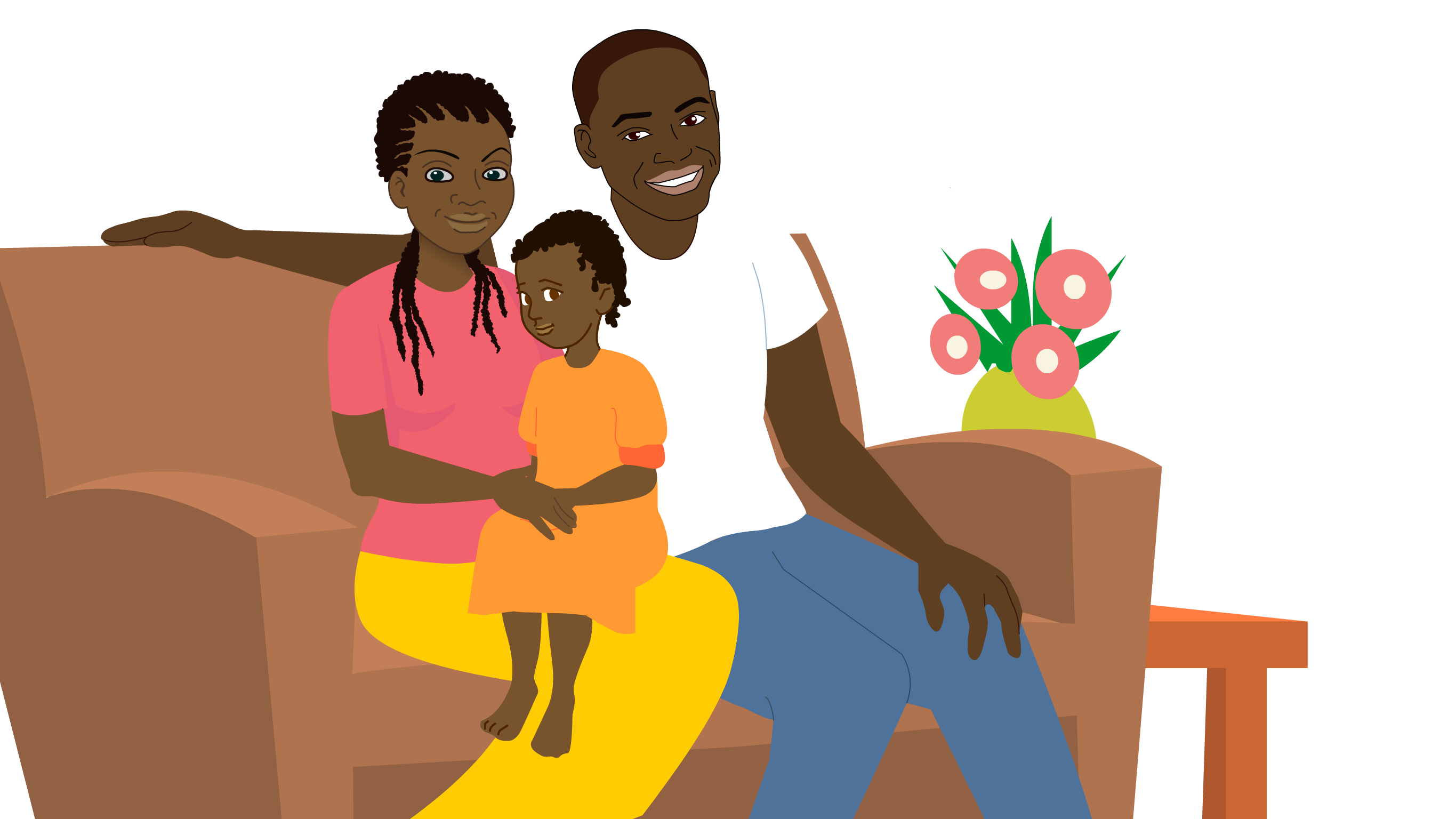


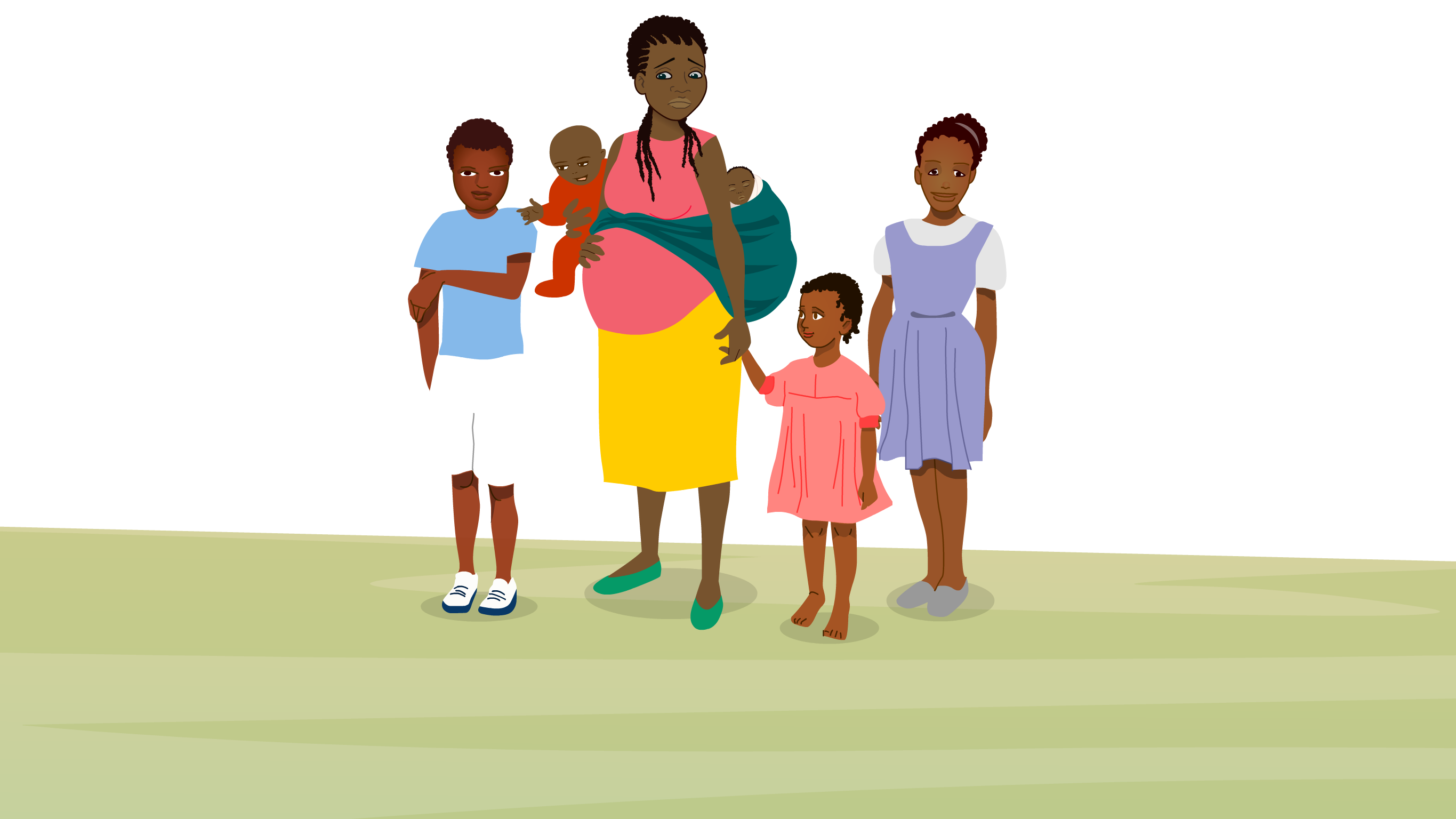

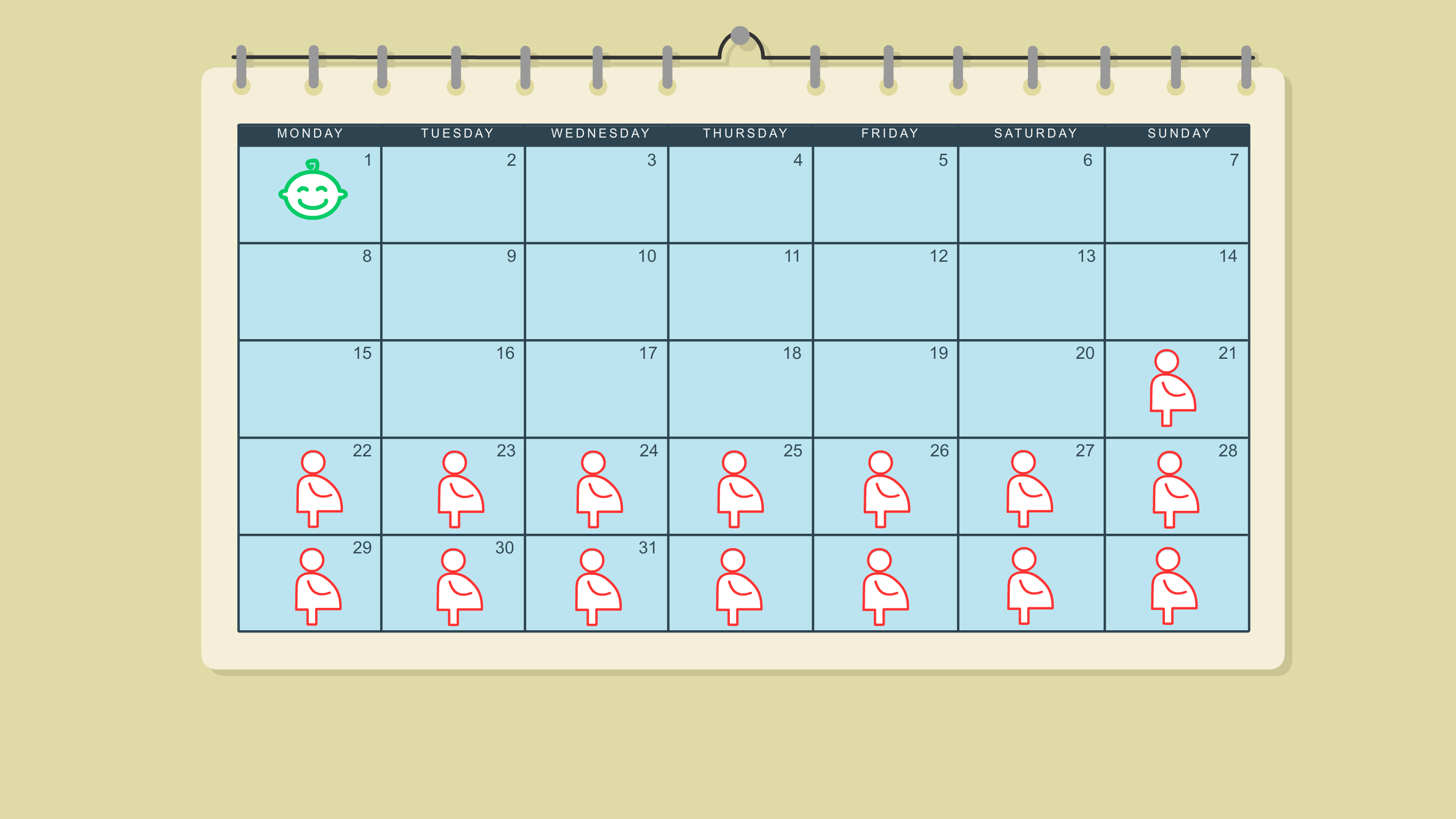

3 weeks) after having a baby and even before your first period after childbirth.

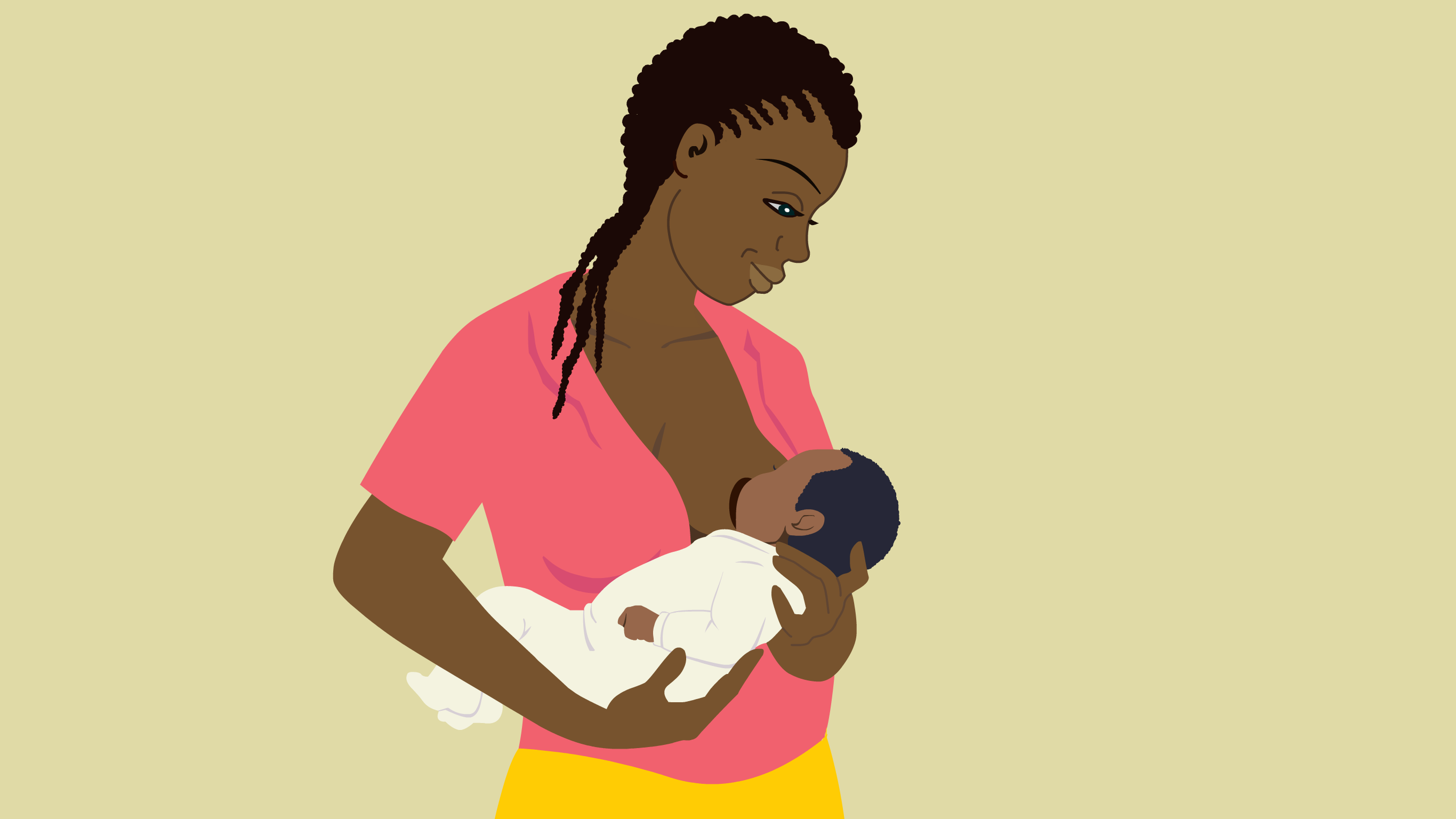

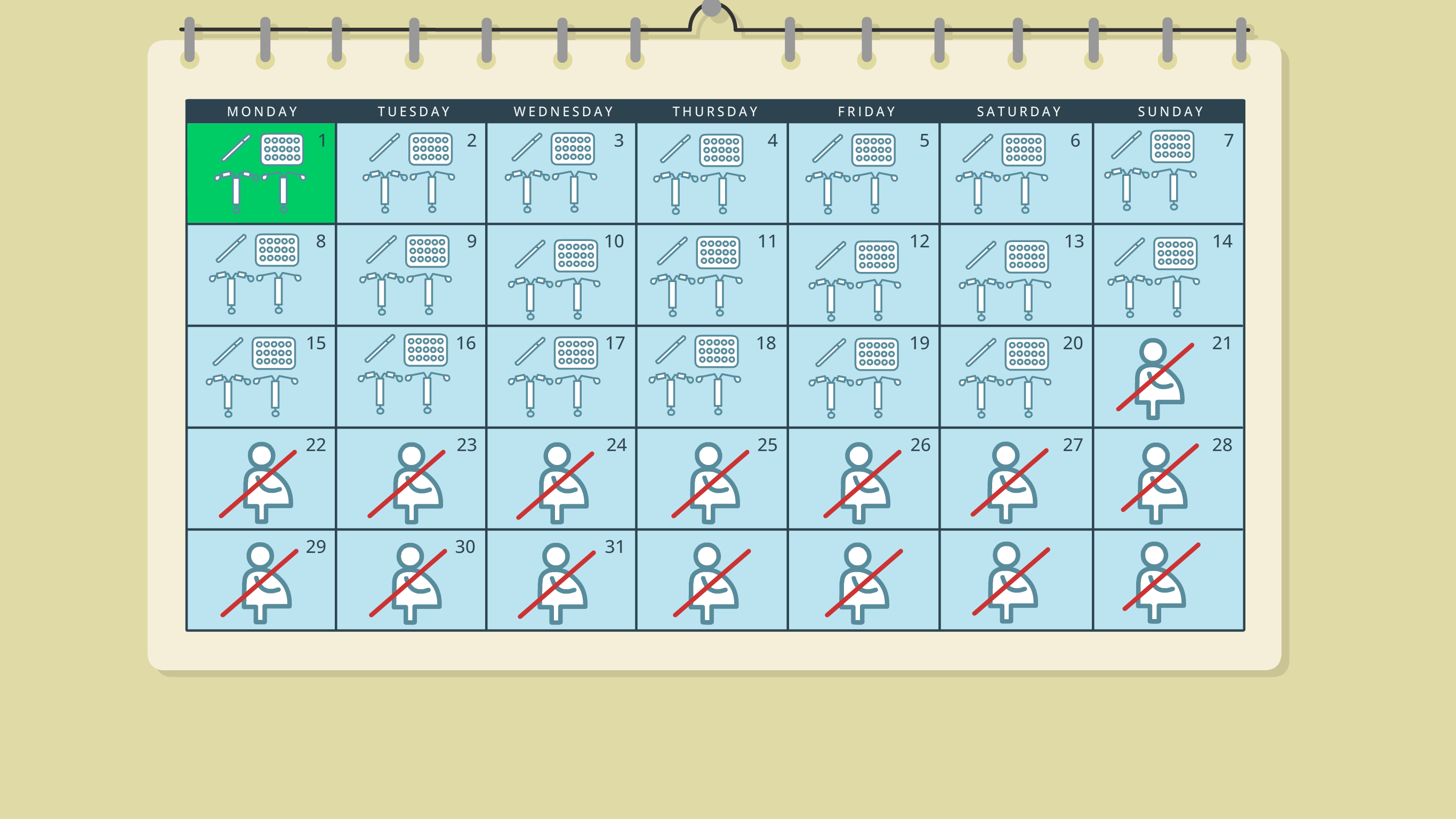


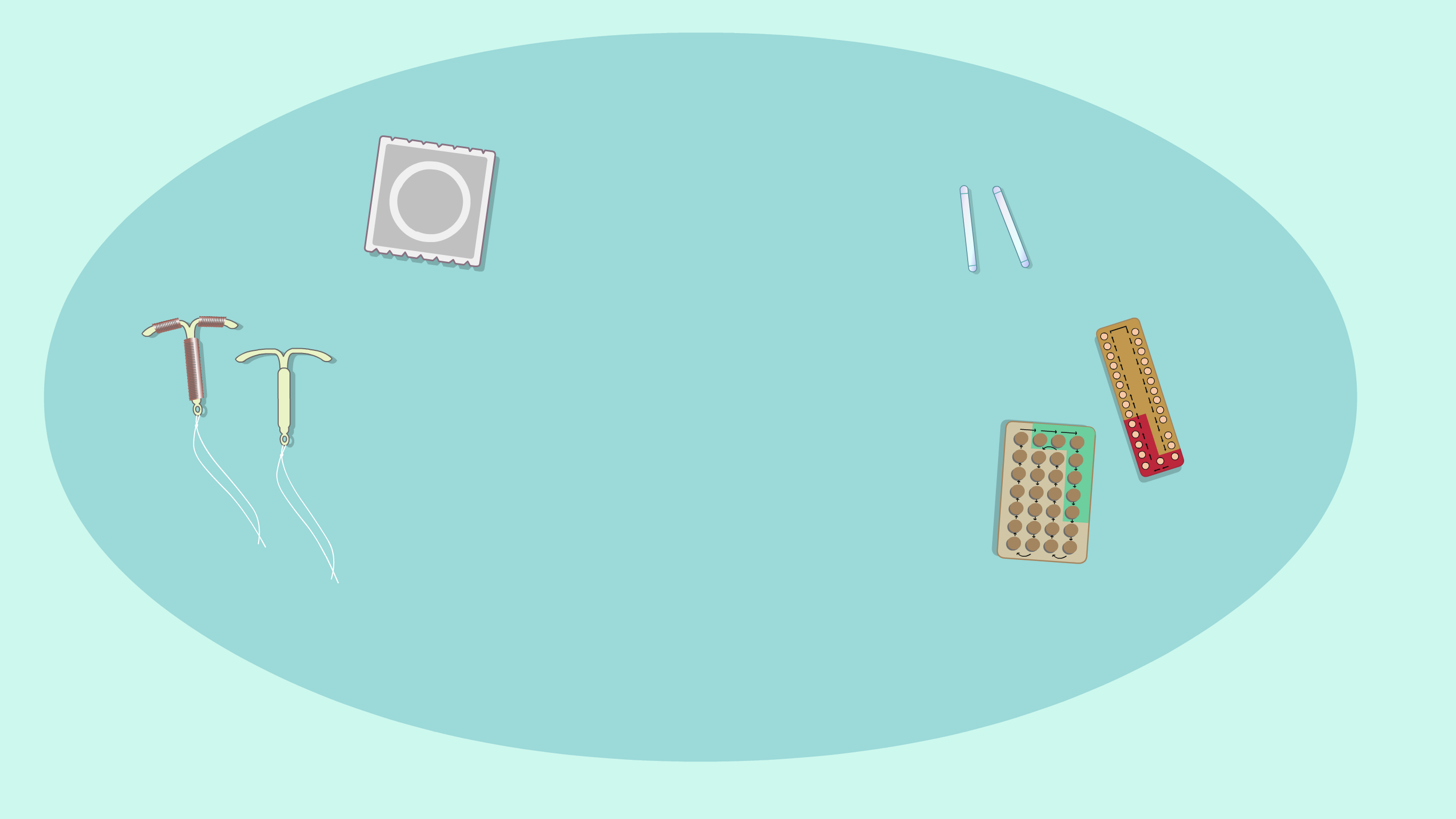
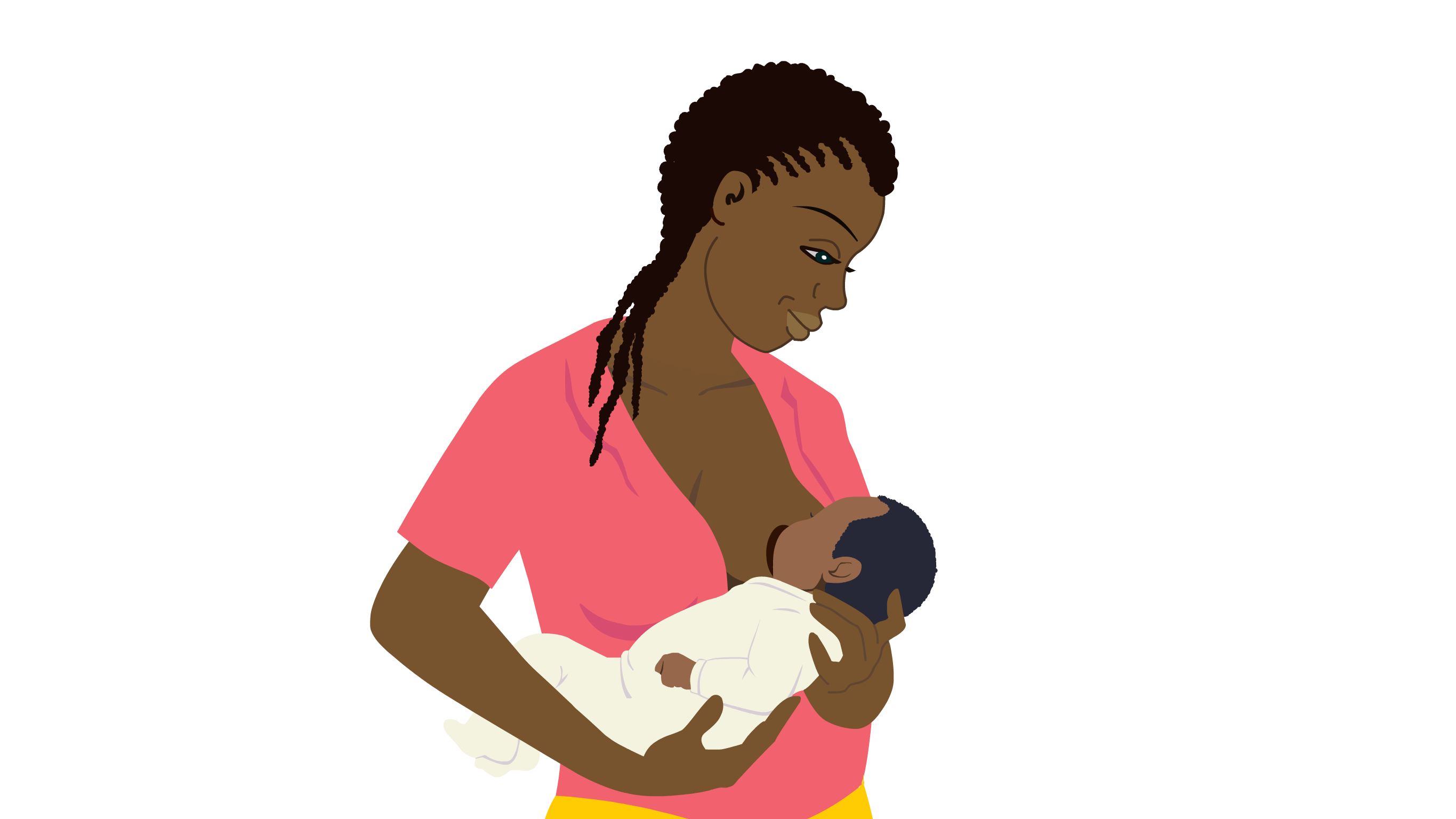


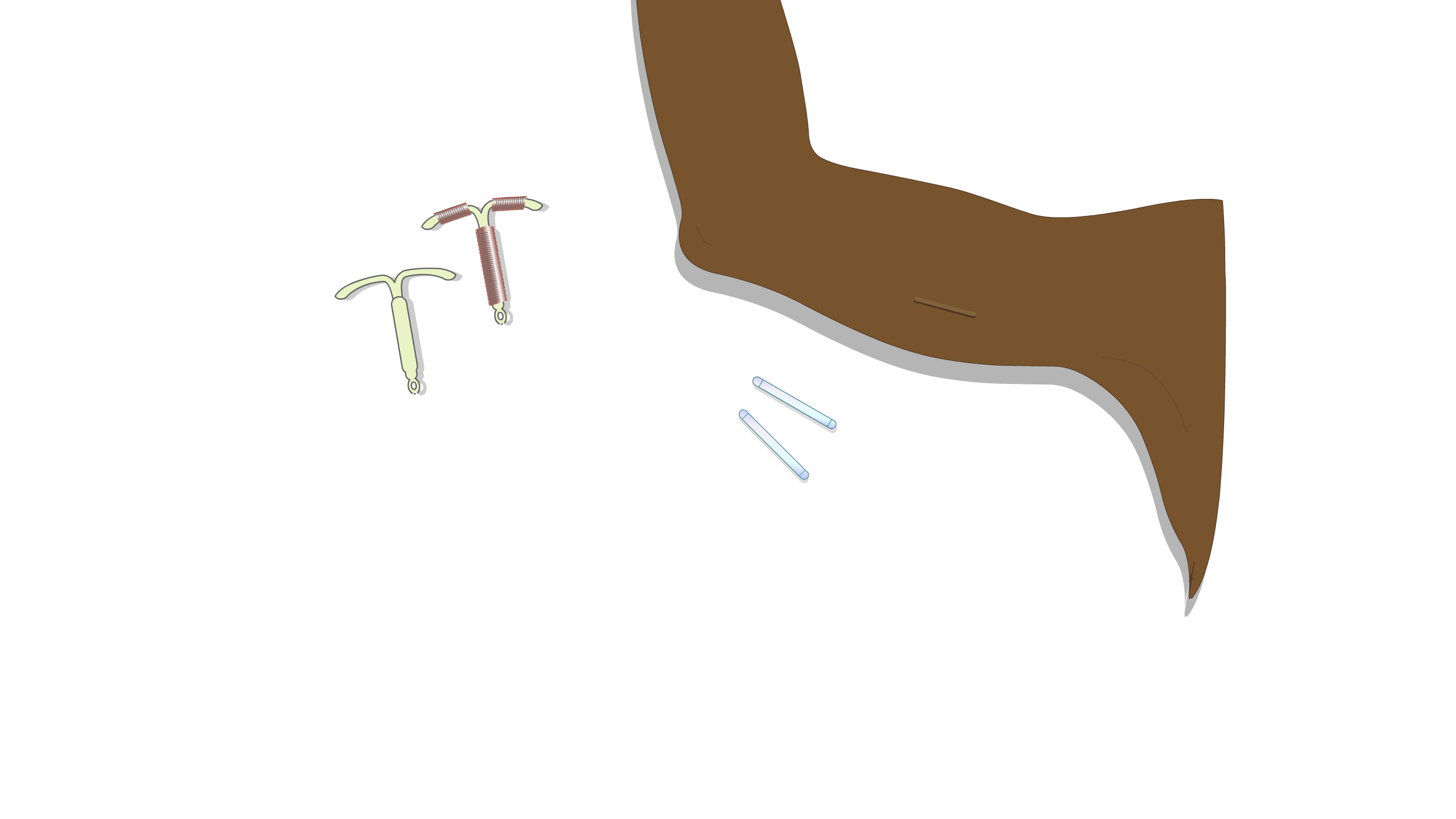
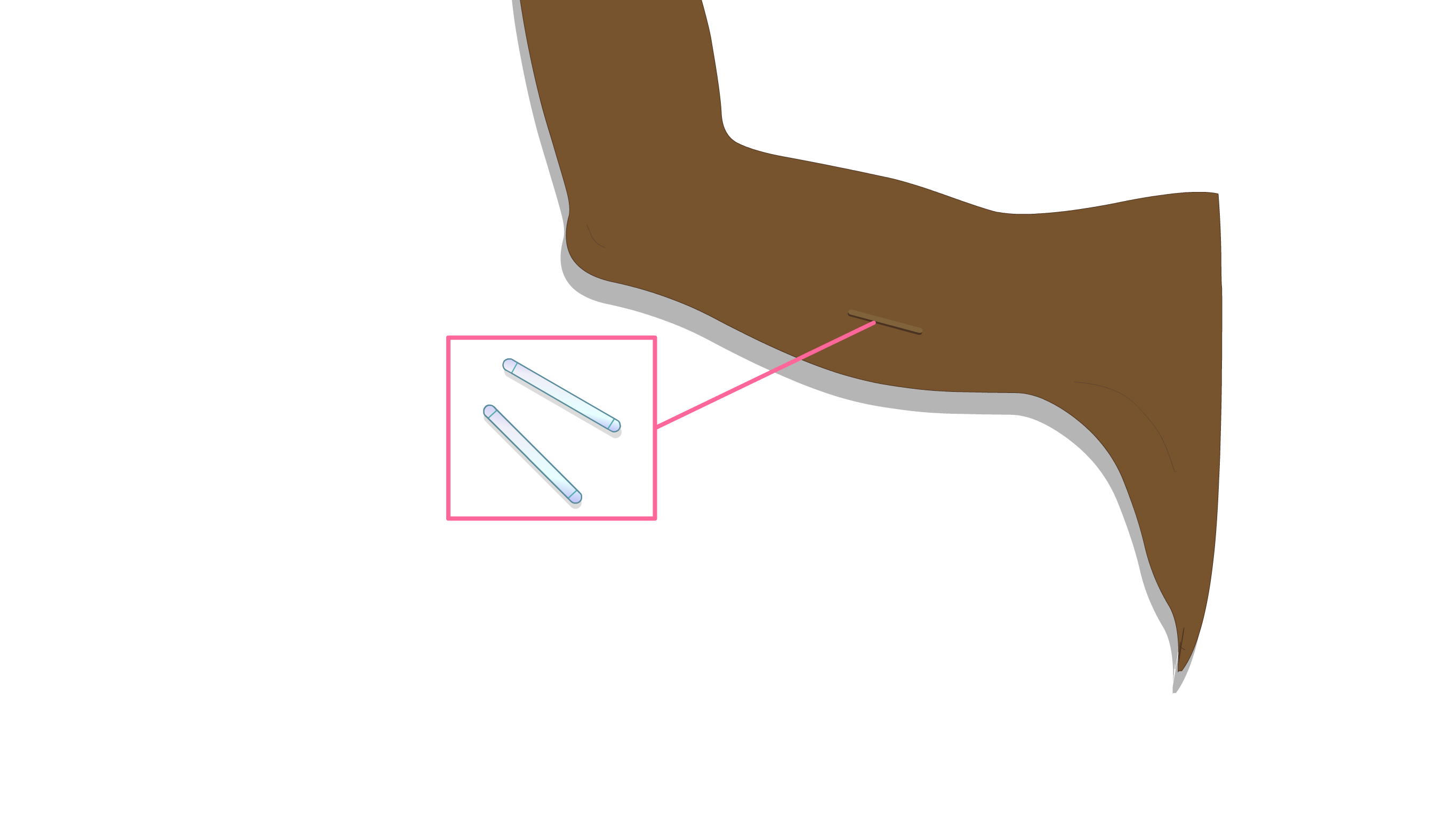



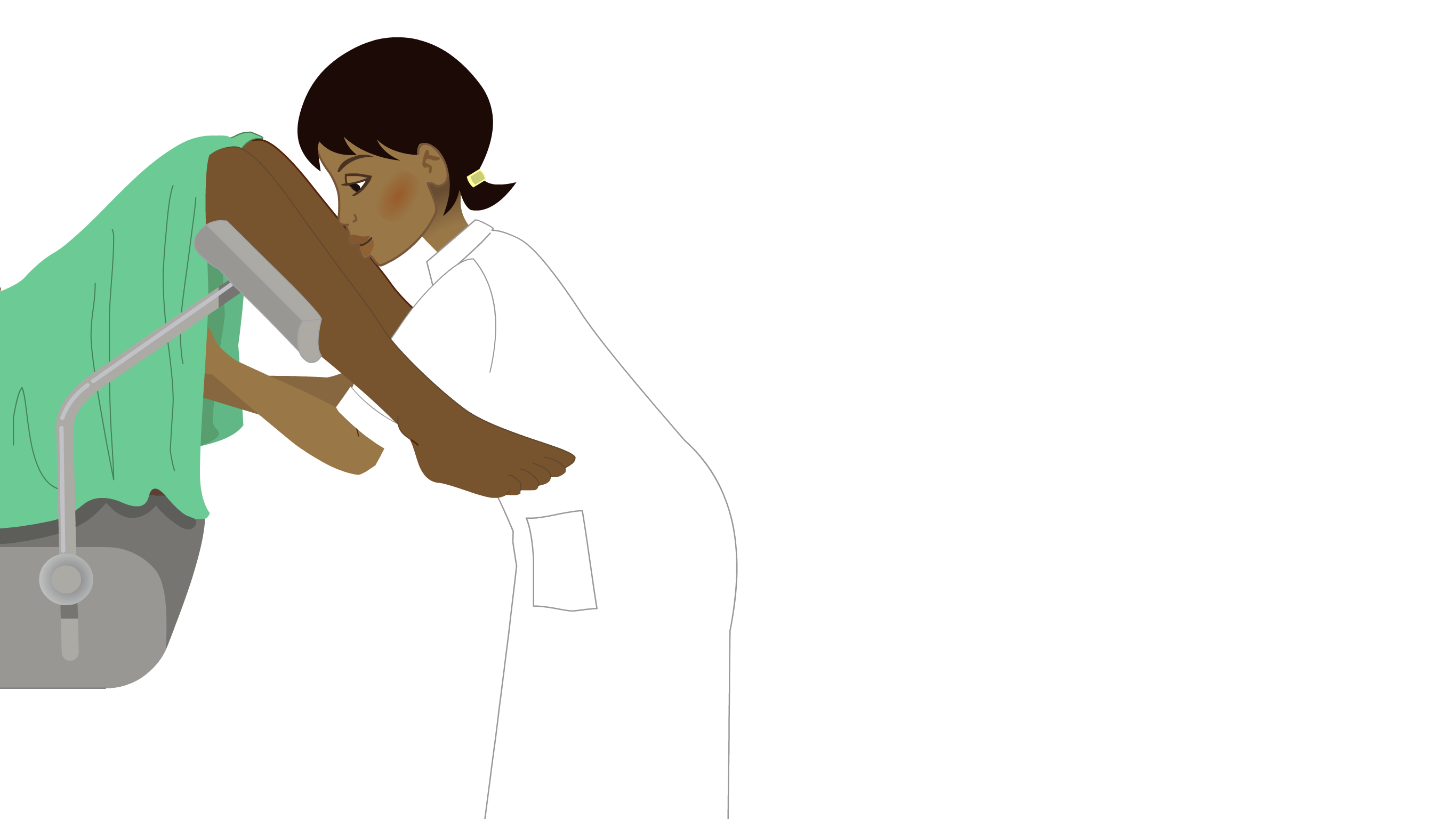
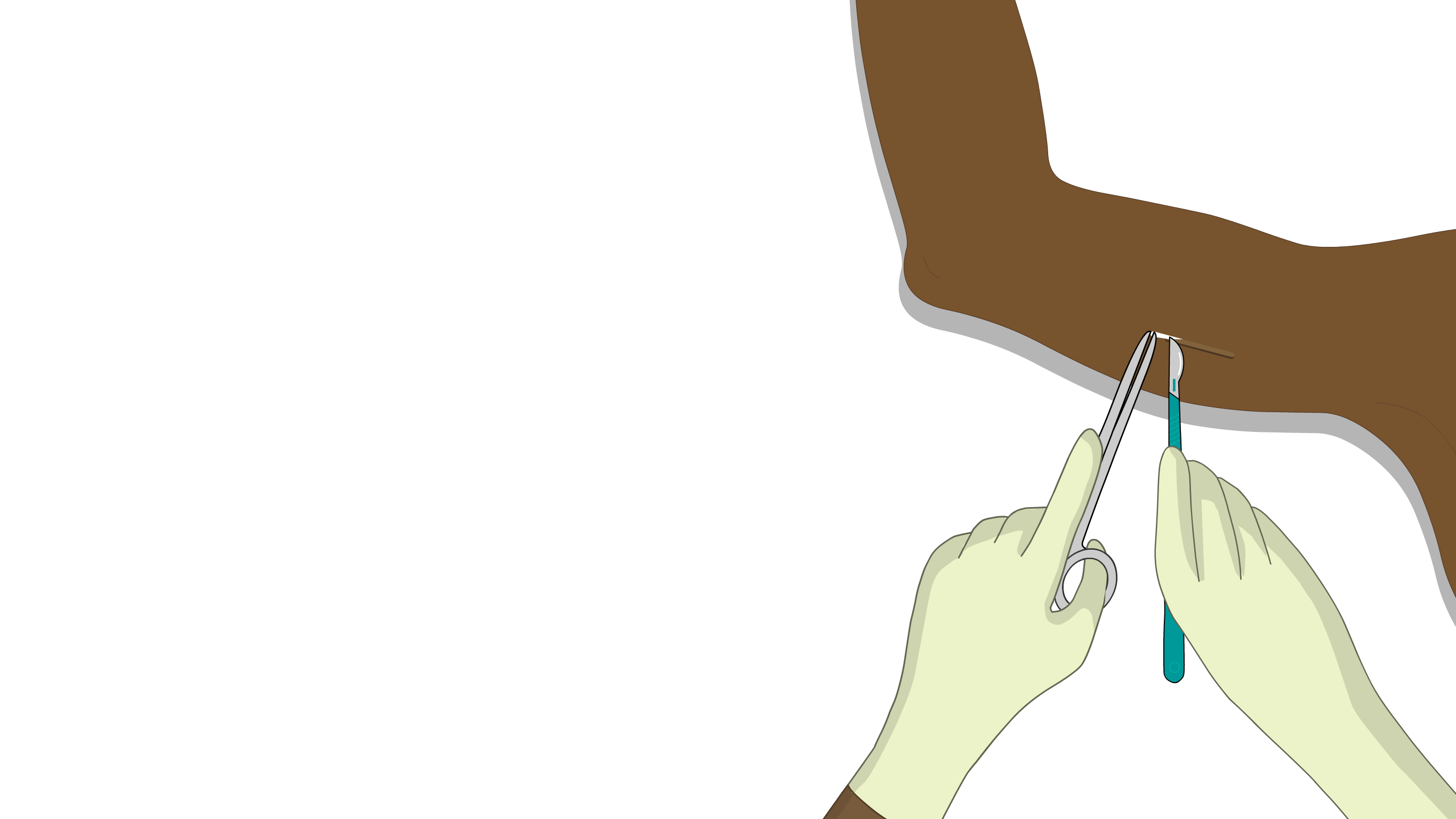


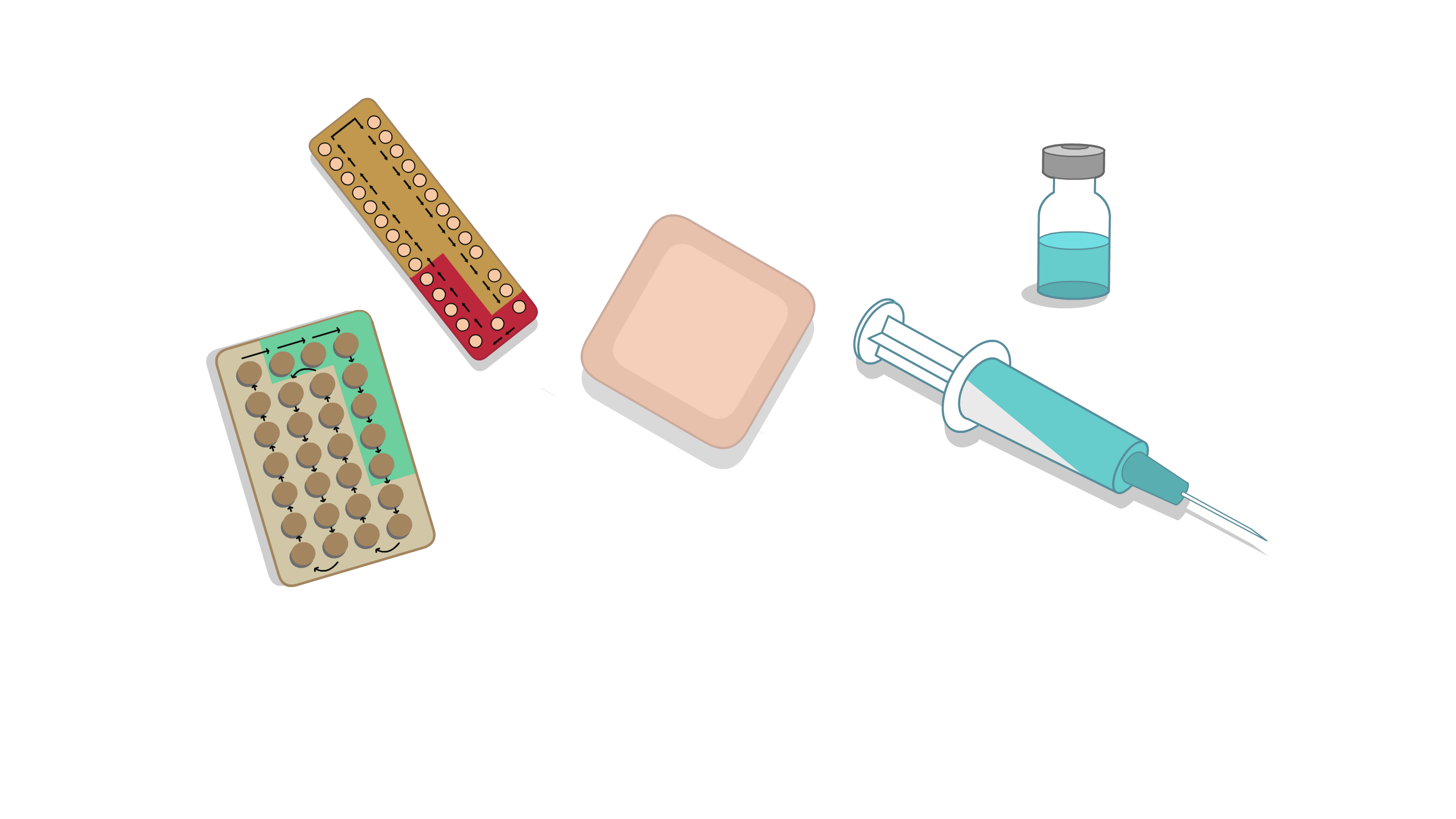

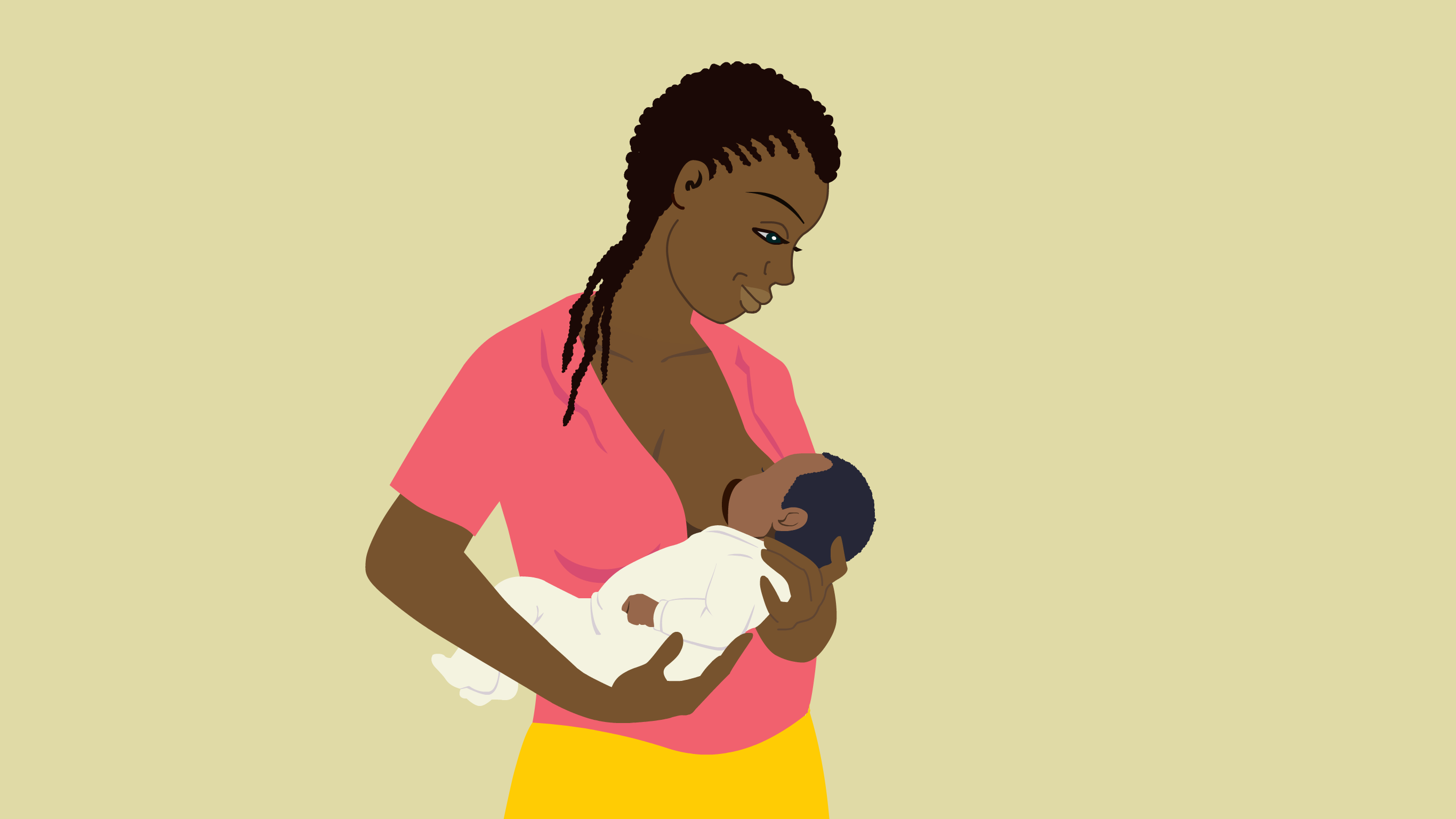
ONLY if:






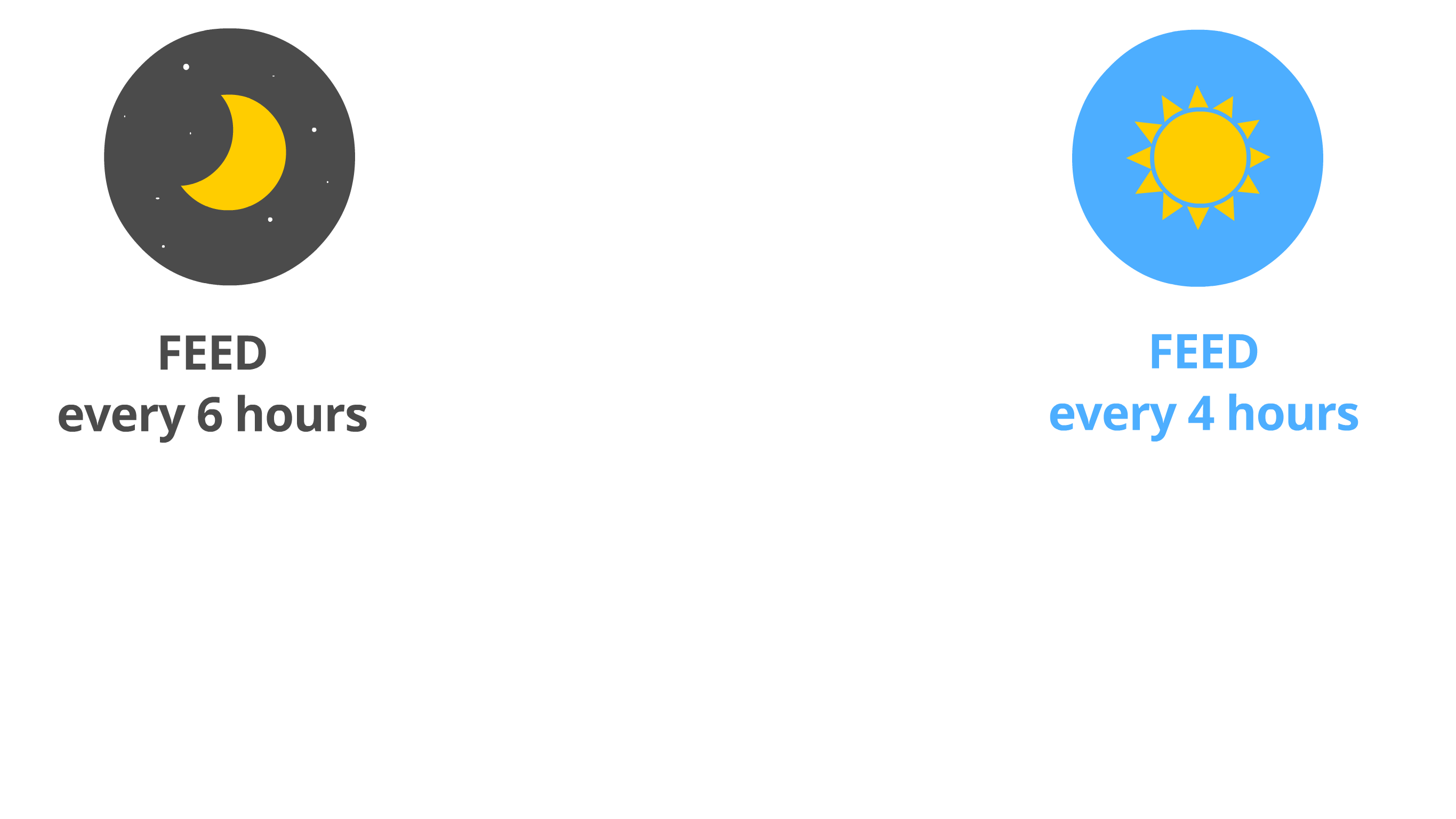


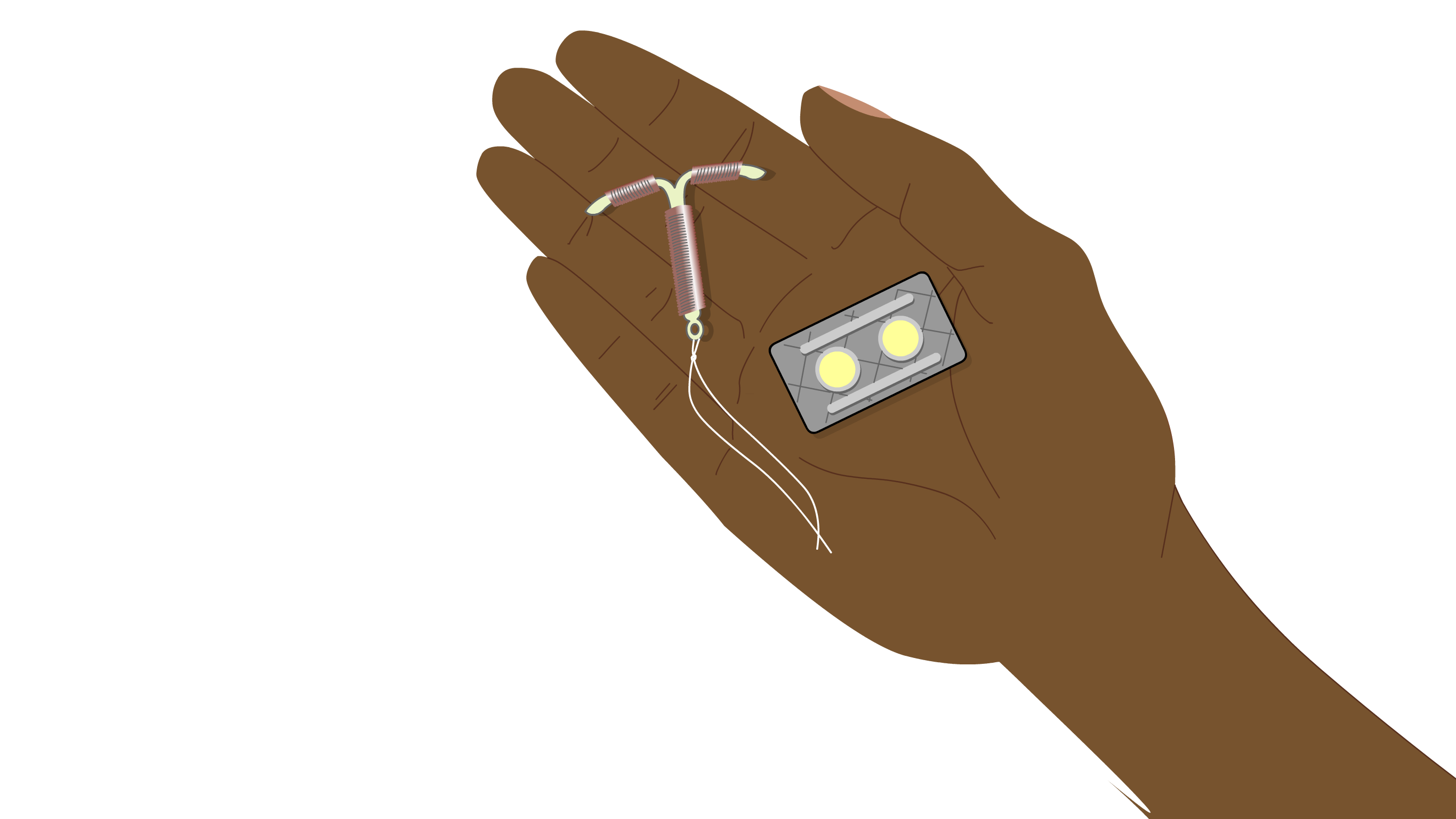
help stop you from getting pregnant. These are called emergency contraception methods.


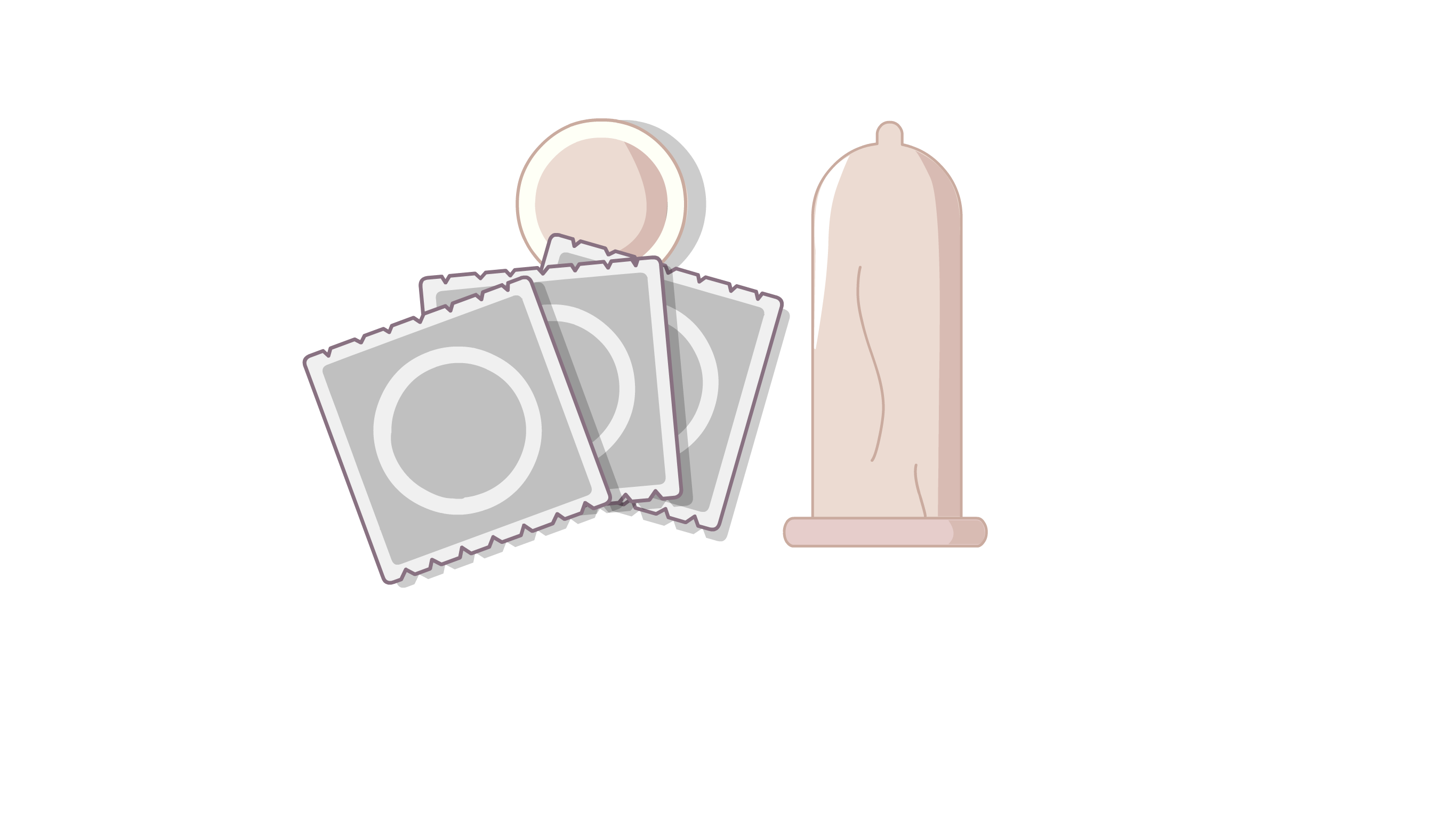

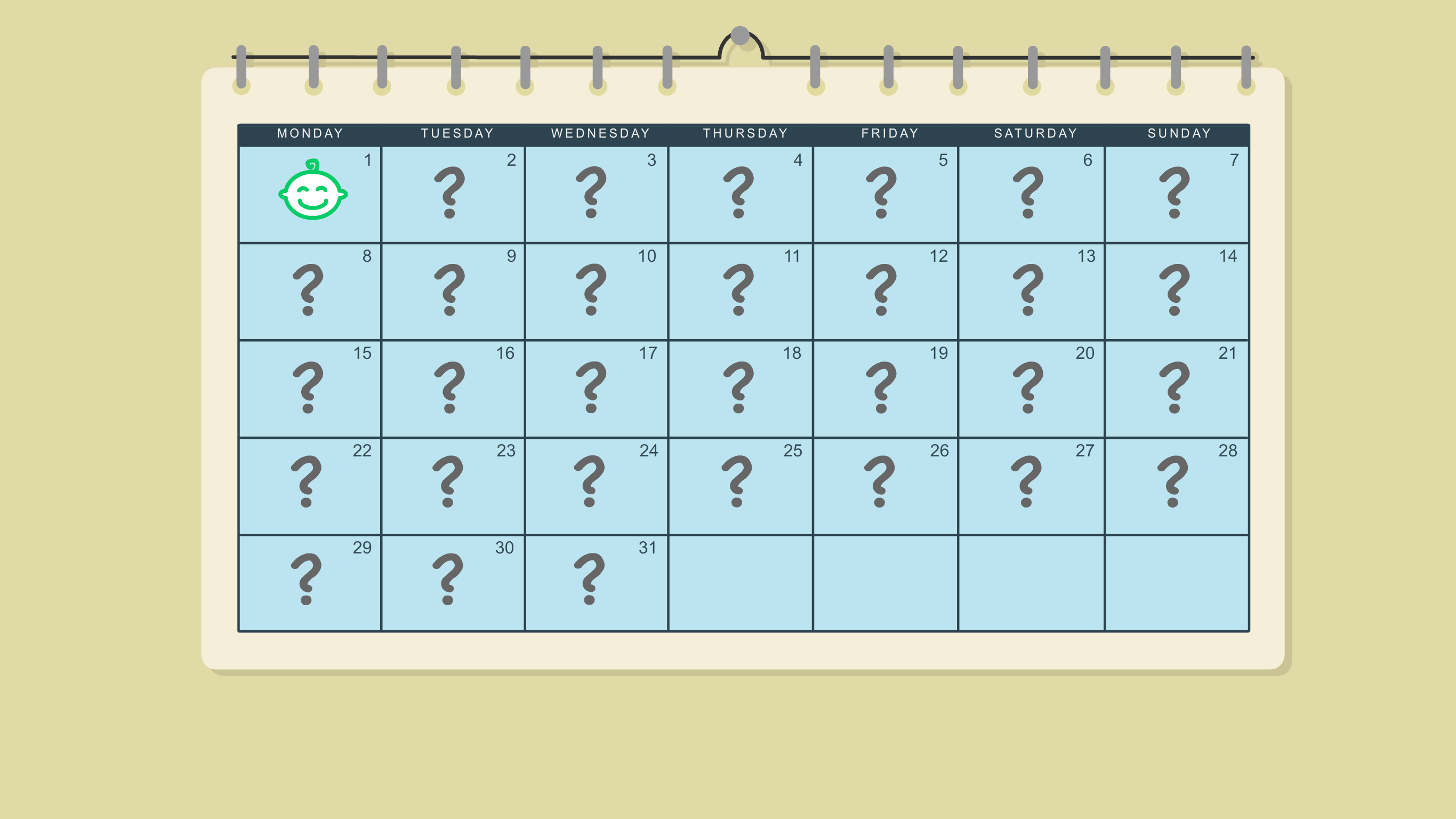

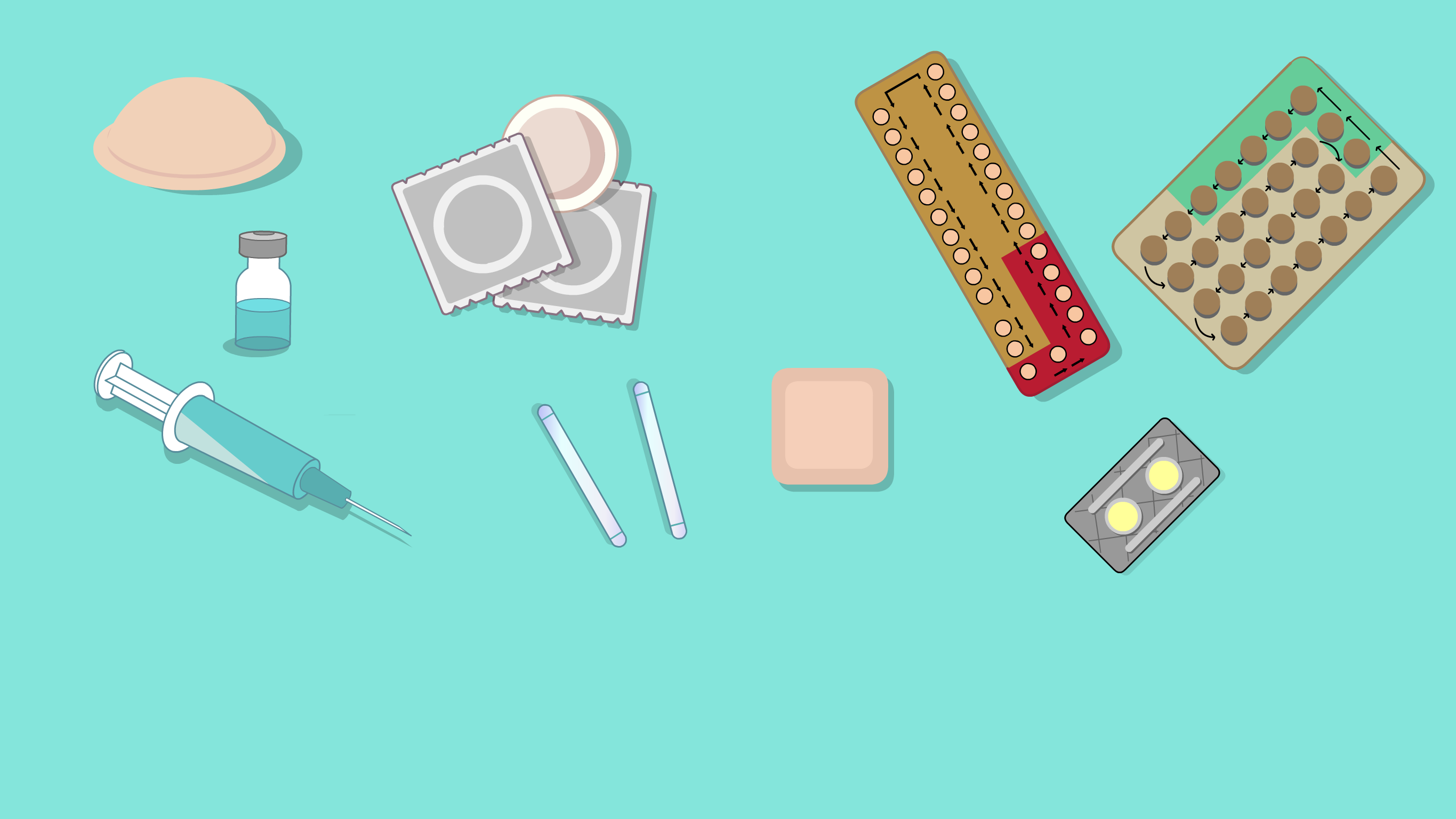


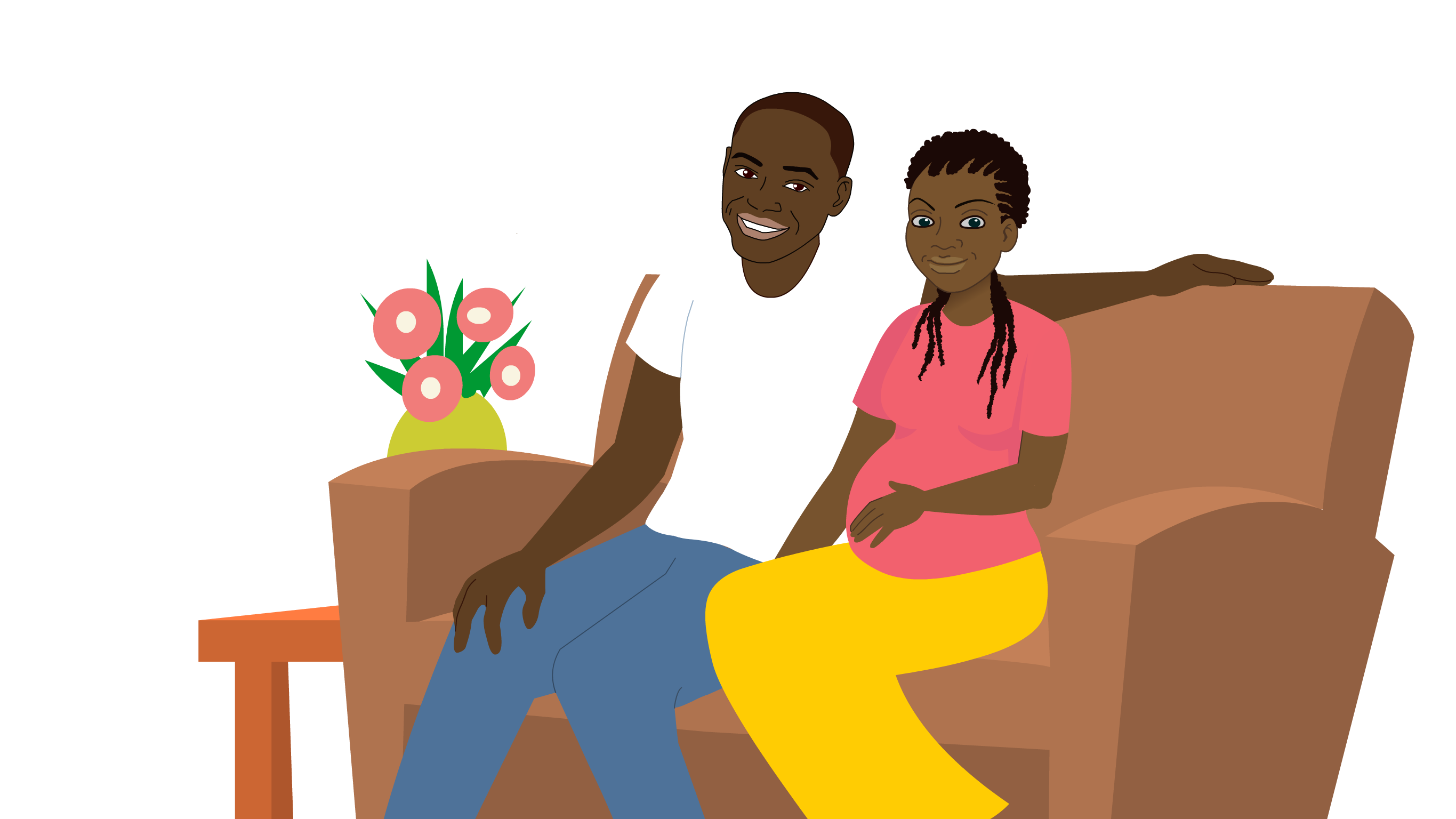

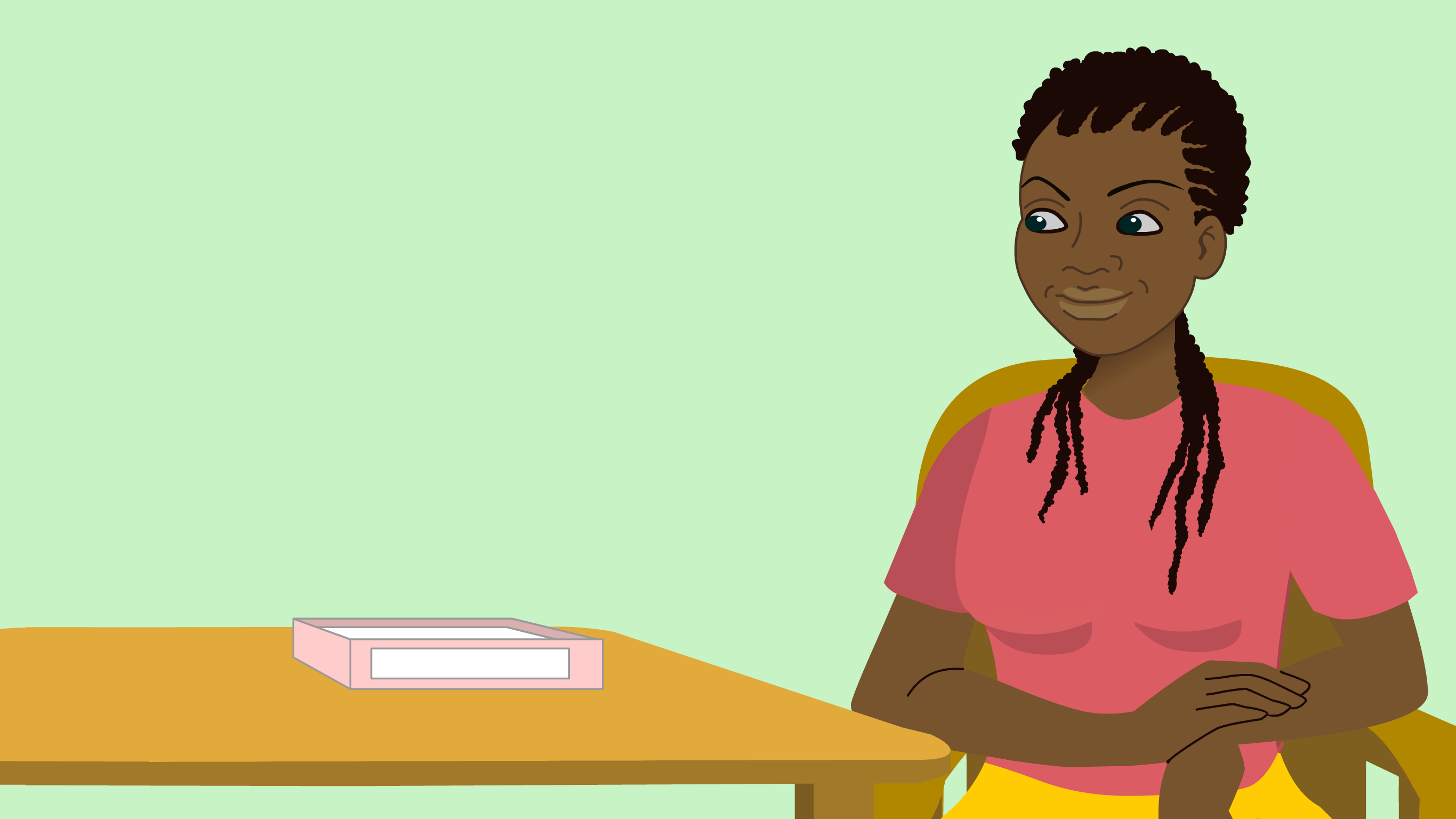


The author of this POSTNATAL FAMILY PLANNING (CONTRACEPTION) program is:
- Dr Annette Thwaites
Sexual and Reproductive Health Doctor, King’s College Hospital; and Honorary Research Fellow, University College London, UK
The Welfare of Women program has been created under the General Editorship of Dr Kate Lightly, University of Liverpool, UK and is overseen by an expert International Editorial Board
The cost of producing this resource has been partly funded by an educational grant from GSK
When is it safe to get pregnant again after birth?
It is safer for you and your next baby to wait at least 2 years before becoming pregnant again after giving birth. If you get pregnant again in the first year after giving birth, it is more likely that your next baby is born too soon, too small or even does not survive. Your body also needs time to recover after childbirth.
How soon is it possible to get pregnant again?
It is possible to get pregnant as soon as 21 days (or 3 weeks) after having a baby. It is possible to get pregnant before your first period after childbirth. It is also possible to get pregnant whilst you are breastfeeding. Contraception can be used to stop you from getting pregnant from having sex. To stop getting pregnant, you need to be using contraception before your baby is 21 days (or 3 weeks) old.
Can breastfeeding stop you from getting pregnant?
Breastfeeding can help prevent pregnancy, but it only works well if:
- Your baby is less than 6 months old
- Your baby is getting only breast milk (no water, formula or other liquids)
- You haven't had your first period since giving birth
The chance of getting pregnant goes up if you breastfeed less often (more than 4 hours between feeds in the day, or more than 6 hours between feeds at night). Breastfeeding less often might happen because you or your baby are sick, you stop feeding at night or your baby uses a dummy (pacifier). The chance of getting pregnant also goes up if your baby has other liquids as well as breast milk.
Once your baby is 6 months old, you need to use another form of contraception, even if you are fully breastfeeding and still haven't had a period.
Is contraception safe after having a baby?
Contraception is very safe. It is safer than being pregnant. Most methods of contraception can be started safely immediately after birth. These include long-acting methods (implant and intrauterine methods), hormonal methods (e.g. progestogen-only pills) and condoms. Intrauterine methods (such as a coil/intrauterine device (IUD)) can be put in straight away after birth, even if you had a cesarean delivery. Most methods are safe for you and your baby when you are breastfeeding. Condoms, which can be used together with any other contraceptive method, are the only method that protects you against HIV and other sexually transmitted infections. Unfortunately, they do not work as well as other methods to stop pregnancy.
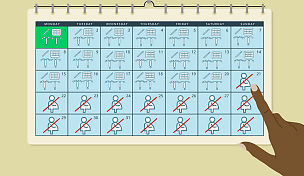
A few methods of contraception may not be safe immediately after having a baby, especially if you have a medical illness or had some medical problems during pregnancy or birth. These methods include the combined pill, the contraceptive patch, vaginal ring and injection (which contain estrogen hormone). You should discuss which methods are safe for you if you have any illnesses or medical problems.
Is contraception safe when breastfeeding?
Most methods are safe for you and your baby if you are breastfeeding. These include the implant, injection, progestogen-only pill, intrauterine device and condoms. These methods do not affect breastfeeding, breast milk, or your baby. Some hormonal methods should not be used in the first 6 weeks as it may make it harder for you to start making breast milk. These include the combined pill, the contraceptive patch and vaginal ring, as they contain estrogen.
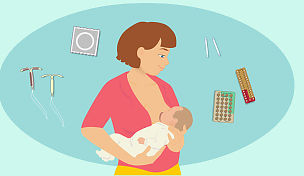
Which methods are best at stopping pregnancy?
Long-acting reversible methods are best at stopping pregnancy. These include the implant and IUDs. When implants and IUDs are removed, getting pregnant again as normal is possible. This means they can be used to space out your pregnancies. The implant is a small, flexible rod placed in your arm and can be fitted immediately after birth. Intrauterine devices are small flexible devices that contain hormones or copper and are placed into your womb. Intrauterine devices can be fitted at birth or 4 weeks after birth. Long-acting methods need to be fitted and removed by a trained healthcare worker.
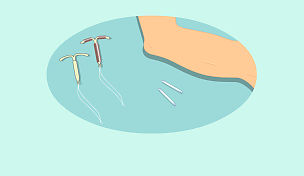
Which methods do not work well after having a baby?
A few methods do not work well to stop pregnancy straight after birth. The diaphragm will not fit properly in the vagina in the first weeks after birth. Using your period to guide you to when to have sex when you are less likely to get pregnant, also called fertility awareness methods, will also not work soon after you have a baby. You can only use these methods when you have had at least three normal, regular periods after giving birth. After birth, it is normal to bleed for a few weeks, and then your periods may not return for some months, especially if you are breastfeeding.
Is emergency contraception safe after having a baby?
If you have had sex without using a method of contraception, you can use emergency contraception to help stop you from getting pregnant. It works better the sooner that you use it after having sex but can be used for up to 5 days after having sex. There are three different emergency contraceptives: two different types of tablets or a copper IUD.
How can I get contraception after having a baby?
Talk to your healthcare worker about what contraception is available to you and which method may be best for you. It is a good idea to start thinking about this when you are still pregnant and have time to ask any questions. You may also want to discuss this with your partner or other family members. You should also make sure you know how to get your method of contraception after you have had your baby and may also be able to discuss this after your birth or when you are getting your baby immunized.
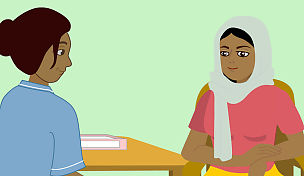
The author of this POSTNATAL FAMILY PLANNING (CONTRACEPTION) program is:
- Dr Annette Thwaites, Sexual and Reproductive Health Doctor, King's College Hospital; and Honorary Research Fellow, University College London, UK
The Welfare of Women program has been created under the General Editorship of Dr Kate Lightly, University of Liverpool, UK and is overseen by an expert International Editorial Board
The publishing reference for this program is: DOI 10.3843/GLOWM.w10003
The Welfare of Women information program is an attempt to provide women everywhere with access to reliable information about key health issues that may be relevant to them. Information is offered at three separate levels which women may select according to their preferences; firstly, short video animations with voice commentary, secondly, more detailed text-based descriptions, and thirdly, links to recommended further reading. With the animated videos, women can also select the images that they feel most comfortable in viewing from a short range of very generalized and non-specific ethnicity options. Because of the special programming used, both the videos and the text information can – when authorized – be translated into any language in a simple and rapid manner.
Recommended links for more comprehensive and detailed reading
The following websites provide more comprehensive and extensive information on this topic, which is both reliable and strongly recommended for readers who want to learn more than the details provided above:
Contraception FAQs | Contraception Choices
https://www.contraceptionchoices.org/FSRH/ContraceptionChoices/Contraception-FAQs.aspx?hkey=23f05a67-ac1f-401d-ab16-7df5c8cb2ca5
Counselling for Post Partum Family Planning - Medical Aid Films
https://www.medicalaidfilms.org/film/counselling-post-partum-family-planning/
https://irp-cdn.multiscreensite.com/48dda5ad/files/uploaded/DC%20Contraception%20Campaign.pdf
Resources the author(s) used in preparing this guidance
World Health Organization:
Report of a technical consultation on birth spacing (2006)
http://apps.who.int/iris/bitstream/handle/10665/69855/WHO_RHR_07.1_eng.pdf?sequence=1&ua=1
World Health Organization:
Medical Eligibility Criteria for Contraceptive Use. 5th ed. Geneva: WHO; 2015. Programming Strategies for Postpartum Family Planning. Geneva: WHO; 2013
https://www.who.int/publications/i/item/9789241549158
Royal college of Obstetricians and Gynaecologists:
Best Practice in postpartum family planning. Best Practice Paper No 1 June 2015, Leading safe choices, RCOG
https://www.rcog.org.uk/globalassets/documents/guidelines/best-practice-papers/best-practice-paper-1---postpartum-family-planning.pdf
The Global Library of Women's Medicine:
The Continuous Textbook of Women's Medicine Series chapter:
Postnatal Family Planning
Postnatal Family Planning | Article | GLOWM
Medical Aid films – Understanding Family Planning
https://www.glowm.com/resource-type/resource/video/title/how-to-plan-pregnancy/resource-doc/105

